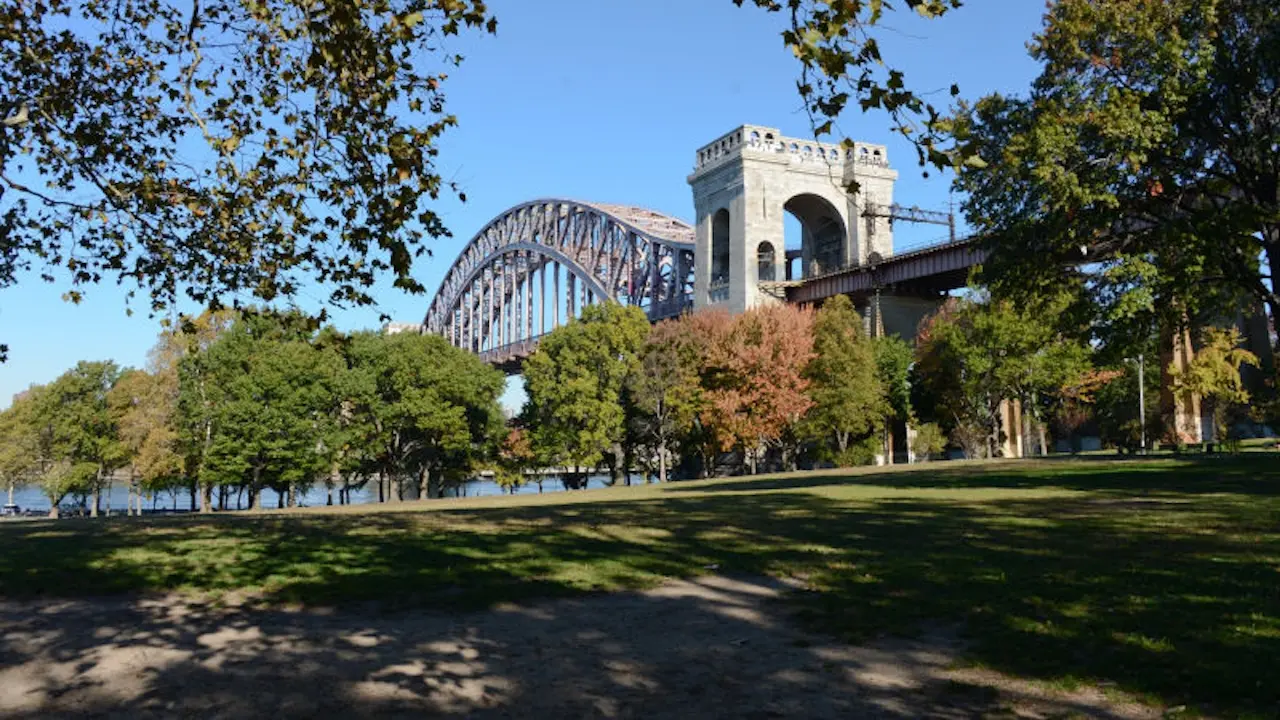FDNY Brings Fire Safety and Festivities to Bedford–Stuyvesant, Sparking Summer Connections

As the FDNY’s community block parties bring Brooklyn neighbors and first responders together, the annual event reflects the balancing act of building public trust while responding to new urban risks.
On an otherwise ordinary summer Saturday, the sleepy stretch of Monroe Street in Brooklyn was upended by an uncharacteristic spectacle: children clambered atop fire engines, adults grilled FDNY medics about smoke alarms, and seasoned firefighters—aprons round their middles—dispensed safety tips over the sizzle of hot dogs. Engine 235 and Battalion 57 hosted this year’s FDNY community block party on July 12th, ushering in the city’s latest season of neighborly outreach with an amiable clangor befitting New York’s Bravest.
Unlike the department’s usual emergency response, this was a day for connection, not commotion. Throughout the summer, similar block parties will convene in each borough, offering an open invitation to residents: come meet your firefighters, tour the rigs, and learn how to keep your homes from turning to ash. Such events underline the department’s evolving approach. Fire safety demonstrations, games for children, and direct engagement have replaced the standoffish posture of old, where firefighters and local families rarely mingled unless calamity struck.
These street-corner soirées are not mere PR fluff. Across the five boroughs, fire incidents are down by 12% compared to five years ago, according to the FDNY. Officials credit the reduction, in part, to grass-roots prevention, including the information disseminated at events like these. For neighborhoods such as Bedford-Stuyvesant, where household incomes and building conditions vary widely, the presence of uniformed responders handing out smoke detectors carries a weighty symbolism.
Yet the stakes run deeper than a friendly handshake. New York’s dense, polyglot communities require a deft touch—trust is a finite commodity, and historic chasms remain. The city’s pandemic woes, coupled with recent debates over municipal spending, have made public engagement a political act. Hosting a block party thus becomes a subtle assertion: we are of, not merely in, this community.
The FDNY’s summertime charm offensive occurs in a moment flush with broader tensions. Last year’s flashpoint, sparked by the city’s 2.5% budget cut to most agencies, prompted renewed questions about what, exactly, New Yorkers expect from first responders. Some argue that outreach activities like the block party slightly dilute the department’s core mission or distract from urgent recruiting needs—itself not a trivial problem with retirements running ahead of new hires in 2024. But faithful attendance by local families suggests otherwise.
That attendance, by some measures, is more robust in Brooklyn than elsewhere. Bed-Stuy, in particular, has boasted the city’s highest turnout in recent voter records. The block party’s upbeat hum portends an electorate eager to reknit social ties in the wake of the divisive pandemic years—an effort both ordinary and quietly radical in an era of urban atomization.
Other city agencies have taken note. Public health, libraries, and parks officials routinely piggyback on the FDNY’s block parties to reach hard-to-access populations. Last weekend’s event showcased a joint booth offering information on the NYS Office of Gun Violence Prevention—a rare moment of bureaucratic synergy. Such cross-pollination remains a paltry fraction of the city’s annual outreach spending, but integration of services on the stoop level may prove more effective than yet another public messaging campaign.
The event also signaled a certain generational and political churn. As New York’s electoral coalitions fragment—witness the recent independence declarations by Eric Adams and Andrew Cuomo, alongside the leftward push from Zohran Mamdani’s millennial movement—the FDNY’s continued relevance as a neutral civic institution matters more. Here, at least, grizzled Gen Xers and TikTok teens alike can align on the common goods: safety, resilience, and a cold slice on a hot July afternoon.
Building trust without bluster
Nationally, city fire departments face falling public trust and declining headcounts, especially in large, diverse metros. Some peer cities, such as Chicago and Los Angeles, have attempted similar outreach, with mixed results. New York’s model—anchored by historical clout and cultural memory from 9/11—carries both an advantage and a burden; the city’s own house fires and tragedies, such as the Twin Parks blaze of 2022, remain painful reminders that preparedness is never quite complete.
Abroad, trust in first responders varies even more. In London, fire brigades held their own community fetes to rebuild credibility after the Grenfell fire, but a lack of sustained follow-through often left residents sceptical. Compared to these, New York’s relatively buoyant turnout at block parties represents more than nostalgia; it speaks to a deeper, hard-won rapport, one forged not just by disaster but by consistent, visible presence on the city’s streets.
Sceptics may discount such gatherings as feel-good pageantry in the face of larger crises: a housing squeeze, mental health emergencies, and resurgent gun violence. But to dismiss the brick-by-brick approach is to overlook the peculiar mechanics of city living, where confidence in institutions is negotiated not in press conferences, but on the stoop and sidewalk.
We reckon, too, that events like these subtly bolster the city’s fabric against more divisive currents. In an age when anti-DEI backlash, social-media-fueled discontent, and breathless partisanship gnaw at civic trust, the FDNY’s patient, parade-free engagement may be its savviest tool. By lowering the barriers—literal and metaphorical—between official and neighbor, the department buys goodwill far more cheaply than after-the-fact PR could ever hope.
New York’s future, as always, is likely to be both unpredictable and eventful. But if the city’s guardians can consistently swap sirens for conversation on sunlit, carless blocks, we suspect the metropolis will be better placed to endure whatever calamities lie ahead.■
Based on reporting from Our Time Press; additional analysis and context by Borough Brief.